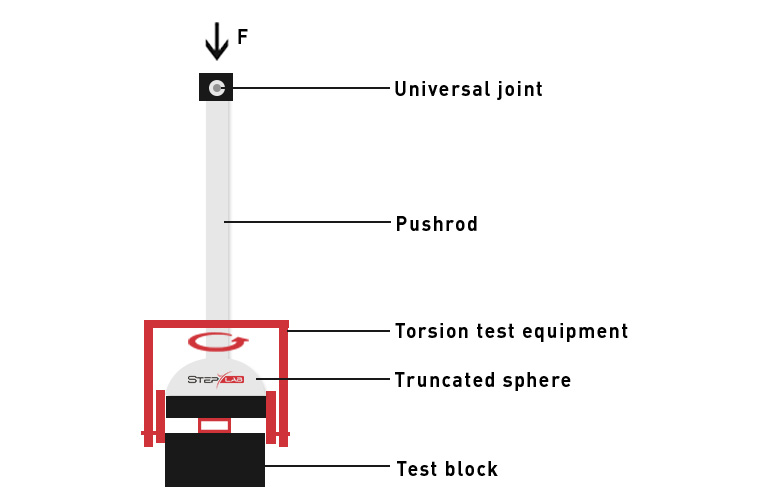Testing machines are vital for ensuring the quality and safety of medical devices. One crucial Standard for this is ASTM F2077, which provides guidelines for testing intervertebral body fusion devices. By following ASTM F2077, manufacturers can ensure that spinal implants meet strict mechanical requirements, enhancing their safety and reliability for patients.
WHAT IS ASTM F2077?
ASTM F2077 provides comprehensive testing methodologies for intervertebral body fusion devices, essential spinal implants aimed at fostering arthrodesis within specific spinal motion segments. These tests, encompassing both static and dynamic evaluations, serve as crucial benchmarks for comparing mechanical performance across different designs and intended spinal locations.
WHAT DOES ASTM F2077 MEASURE?
The standard underscores the critical role of mechanical testing in assessing the structural integrity of intervertebral body fusion devices. Through meticulous static tests, controlled forces and moments are applied until mechanical failure occurs, enabling the measurement of key parameters such as yield displacement, stiffness, and ultimate force. Dynamic tests, on the other hand, involve subjecting the device assembly to cyclic loading until functional failure or a predetermined number of cycles is reached.
ASTM F2077: TEST PROCEDURES
ASTM F2077 outlines three distinct types of tests—axial compression, compression-shear, and torsion tests—each accompanied by specific procedures and minimum sample requirements. These tests are fundamental for comprehensively evaluating the mechanical performance of intervertebral body fusion devices.
Prior to conducting tests in simulated in vivo conditions, all tests must initially be performed at ambient temperature in air. Subsequently, if necessary, they should be repeated using a fluid bath and saline solution at 37°C to simulate in vivo conditions. It is important to note that in vivo testing should not exceed a frequency of 1Hz.
Axial Compression Test
The axial compression test assesses the device’s ability to withstand compressive forces along the spinal axis. To conduct this test, the intervertebral body fusion device assembly is positioned between two prepared metal blocks, ensuring the geometry matches that of the device. Controlled force and moment, denoted as F and Mz, respectively, are applied in position control at a rate not exceeding 25 mm/min or 60°/min (radians/minute) until functional or mechanical failure of the device assembly is observed.
During the test, a force-displacement curve is recorded to capture the device’s response to increasing compression. Key parameters, including yield displacement, stiffness, yield force, ultimate displacement, and ultimate force, are established from the recorded data.
Compression-Shear Test
The compression-shear test evaluates the device’s resistance to combined compressive and shear forces. Similar to the axial compression test, the device assembly is positioned between prepared metal blocks with matching geometry. Force and moment are then applied in a controlled manner to induce compression and shear simultaneously.
The test proceeds at a controlled rate until functional or mechanical failure of the device assembly is observed. Throughout the test, observations of any mechanical failures, such as cracks, are documented, along with changes in mechanical behavior.
Torsion Test
The torsion test assesses the device’s torsional stability, evaluating its ability to withstand twisting forces. In this test, the intervertebral body fusion device assembly is securely fixed between prepared metal blocks to prevent axial movement. Controlled torsional force and moment are then applied at a specified rate until functional or mechanical failure occurs.
Similar to other tests, observations of any mechanical failures are recorded, along with changes in mechanical behavior throughout the test duration.
ASTM F2077: TESTING MACHINES
An axial-torsion system is essential to accommodate all testing requirements outlined in this standard. It enables manufacturers and researchers to conduct both static and fatigue tests on various implant designs using a single platform.
Multi-actuator systems by STEP Lab are designed for tensile and torsion testing. Torsional actuators can be coupled to every linear actuator series we manufacture, from electromechanical actuators, EA series and all UD, HUD and XUD series based on linear motors. Moreover, these systems can be integrated with temperature-controlled baths to simulate in vivo conditions.
- Control of two or more synchronised axes
- No maintenance
- High efficiency
- Easy installation




